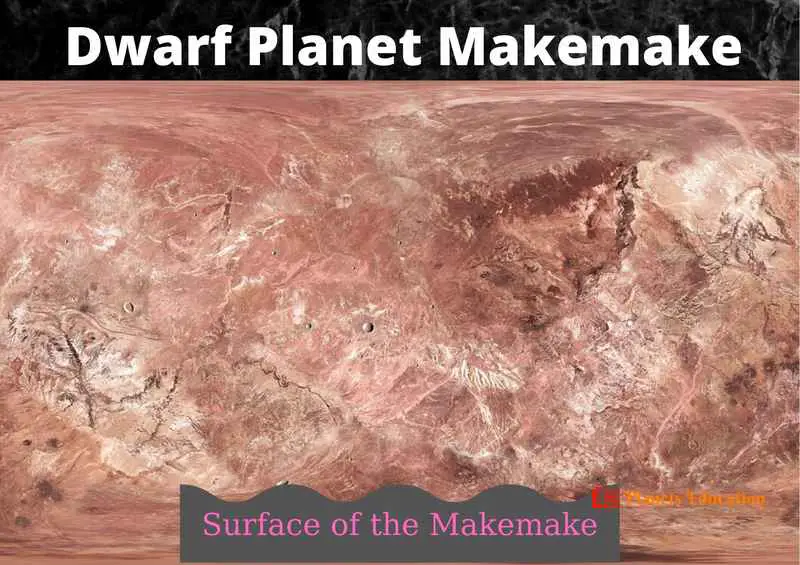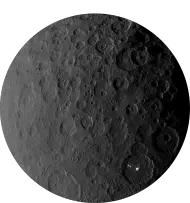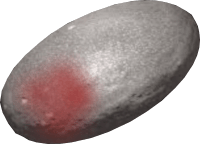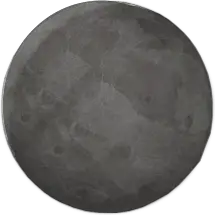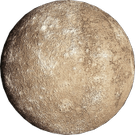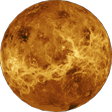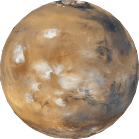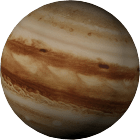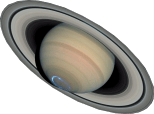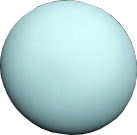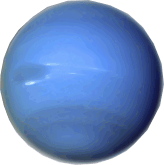Makemake is an IAU-recognized dwarf planet located in the Kuiper belt region. Three American astronomers discovered it on 31 March 2005. Dwarf planet Makemake was named after the creator-god of the Rapa Nui people.
Characteristics of Makemake:-
- Orbital period: 111845 days (306.2 earth years)
- Average orbital speed: 4.42 km/sec around the sun
- The average distance from Sun: 45.56 AU
- Mean radius: 720 km
- Mass: 3.0 × 1021 kg
- Volume: 1.53 × 109 km3
- Average density: 1.8 gm/cm3
- Surface gravity: 0.56 m/sec2 (1.14 times of earth)
- Escape velocity: 0.90 km/sec
- Average surface temperature: -235 °C
- Moons: 1 known moon
Most Scientists believe that there are many dwarf planets in our solar system but the International Astronomical Union (IAU) has defined only five in the dwarf planet category.
- In order to increase the distance from the sun, those five are Ceres, Pluto, Haumea, Makemake, and Eris. Others are known as most likely or near-certain dwarf planets.
Below is the image of the Makemake dwarf planet.
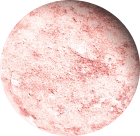
The discovery of Makemake and Eris is considered to be a reason that Pluto is no longer a planet. Some interesting facts about Makemake are that it is small though it has one known moon, it has an extremely low temperature of around -235°C, it was classified into a dwarf planet 3 years after the discovery, and many more Makemake facts are given below in details.
Interesting facts about Makemake
In this article, we have mentioned some interesting dwarf planet Makemake facts that you may be amazed to know.
Makemake was initially named Easterbunny and 2005 FY9
Dwarf planet Makemake was discovered on 31 March 2005. It was discovered by the American astronomer team of three members (Michael E. Brown, Chad Trujillo, David Rabinowitz) led by Michael E. Brown.
- When Makemake was discovered, it was nicknamed Easterbunny by the team. Its discovery was publicly announced on 29 July 2005 and then it was named 2005 FY9.
In July 2008 IAU defined it as a dwarf planet and changed its name 2005 FY9 to Makemake. And thus it was named Makemake after 3 years of its discovery.
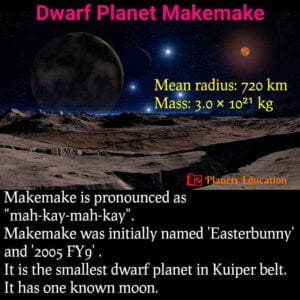
Its discovery made Pluto a dwarf planet
Makemake and dwarf planet Eris were discovered by the same astronomer team in Palomar Observatory in 2005.
Eris was considered the 10th planet for some time. And many more Trans-Neptunian Objects (TNOs) were discovered on those days having the same behavior as planets have.
So, the discovery of these two objects and other TNOs leads astronomers to reclassify solar system objects. Because of this IAU reclassified the planets and dwarf planets in 2006.
- Before 2006 Pluto was considered the 9th planet of our solar system, but after 2006 it was reclassified as a dwarf planet.
Read About:- Pluto facts and information: Dwarf planet pluto
2nd most distant dwarf planet
Makemake is the 2nd most distant dwarf planet from the sun. Though in the Kuiper belt region it is the farthest known dwarf planet.
The average distance of this dwarf planet from the sun is around 45.56 AU. Whereas the farthest dwarf planet is Eris with an average distance of around 67.78 AU.
Smallest dwarf planet in the Kuiper belt
There are three dwarf planets (Pluto, Haumea, and Makemake) in the Kuiper belt region. The smallest dwarf planet in the Kuiper belt region is Makemake with a mean radius of around 720 km.
It is the second smallest dwarf planet after Ceres in our solar system. The size of Ceres is around 940 km in diameter.
It has one known moon
This small dwarf planet has one natural satellite. The name of its moon is S/2015 (136472) 1 and is also known as MK2. It is around 180 km in diameter.
This moon was discovered in April 2015 by using Hubble Space Telescope. The moon MK2 orbit the Makemake with an average distance of around 21000 km.
Makemake has an extremely low temperature
The distance of this dwarf planet is quite far from the sun. It gets low radiation from the sun. And this is the one reason it has an extremely low surface temperature.
The average surface temperature on this dwarf planet is around -235°C. It has material on its surface like Methane, Ethane, and Nitrogen ice.
It has a short day but a long year
This little dwarf planet has many interesting facts including its one and one year. One day on this dwarf planet is around 22.82 Earth hours.
Whereas it takes a quite long time to complete one orbit around the sun. The one year on the Makemake dwarf planet is 306.2 earth years.
- Read about:- How long is a day and year on each planet
It is 2nd brightest Kuiper belt object
Dwarf planet Makemake is the second brightest object in the region of the Kuiper belt. The brightest object in the Kuiper belt is Pluto and the Makemake is counted as the 2nd brightest object in this region.
It has enough brightness to be seen in the sky using a high-end amateur telescope.
So, these were some awesome and interesting Makemake Facts. I hope you must have enjoyed reading it and got some valuable knowledge.
Read here about all dwarf planets & planets:-
